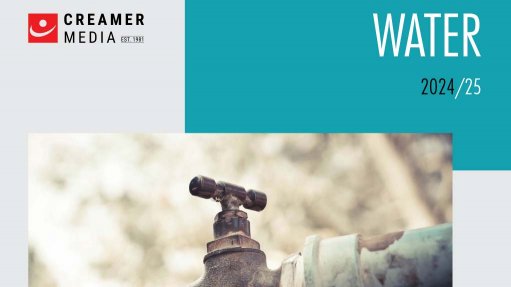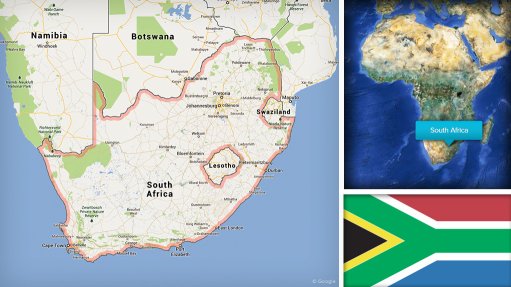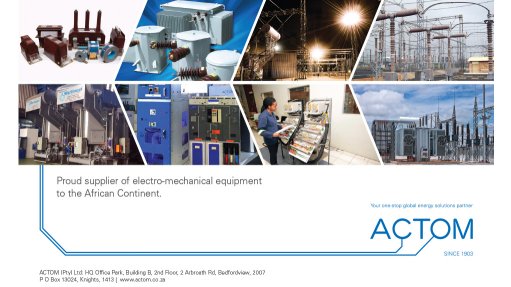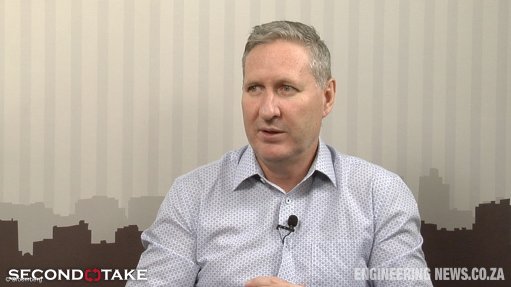Research shows where, how housing developments are built impact on residents' carbon footprints
A new quantitative study on the impact of the location of housing development in Johannesburg on carbon emissions - by the research partnership of Divercity Urban Property Fund and the Green Building Council South Africa (GBCSA) - shows that where and how housing is built in the city has a massive effect on its residents’ carbon footprints.
Against the backdrop of near-universal recognition of the importance of reducing carbon emissions, the findings of this research are particularly significant, Divercity and the GBCSA note.
Titled 'Does location matter?' and conducted by consulting engineering firm Arup, the research highlights a growing gap between the lower carbon emissions generated by living in the well-connected amenity-rich urban core and higher emissions from living on the disconnected amenity-poor urban periphery.
"This chasm is so vast that, should all new housing be built on the urban periphery, by 2050 it could reach 224-million tonnes of carbon dioxide equivalent – a startling ten-times the total year carbon emissions of the entire city of Johannesburg in 2016," Divercity and the GBCSA point out.
South Africa has committed to addressing climate change under the Paris Agreement. Supporting this, Joburg’s new Climate Action Plan aims for the city’s emissions – primarily from transportation and stationary energy – to peak by 2030 and then decline towards net-zero by 2050 and, as a member of the network of C40 Cities addressing climate change, it is developing policies to shift to a lower carbon built environment.
But if these pledges are to become a reality, the research shows that change in how housing is developed in Johannesburg is needed now.
Johannesburg is urbanising rapidly. It is expected to become a megacity by 2030 and needs more housing to meet current and future demand. Right now, the dominant mode of affordable housing delivery in South Africa confines lower-income households to the urban periphery – far from economic opportunities and essential services such as healthcare, schools, jobs and parks.
The study compared carbon emissions from an urban periphery housing development model to those generated by housing development in the urban core.
Researchers also looked at two groups of housing residents – lower and middle-income occupants. They considered the carbon emissions of the housing’s construction and operation over a 60-year design life period, with ongoing operation accounting for 72% of the total carbon a residence will generate.
The report also analysed the transport emissions of residents associated with living in each location.
Middle- and lower-income families living on the urban periphery travel similar distances each day, but middle-income families, who rely on private cars, generate three times the emissions of lower-income families, who typically use public or shared transport. This trend was the same in urban core households.
But, viewed together, a middle-income family in the urban core still generated fewer transport emissions than a lower-income family living peripherally to the city.
In short, the research proves that the current dominant model of affordable housing delivery in South Africa generates significantly higher carbon emissions and counteracts the aims of Johannesburg’s Climate Action Plan and South Africa’s climate change commitments.
In light of this finding, the study shows that urban sprawl, reliance on private car travel and long car trips should be discouraged through spatial planning.
In its place, urban densification, access to opportunities, and fewer, shorter private car trips should be encouraged. This approach, notes the research, will help connect people to economic opportunity, break apartheid spatial patterns and retrofit existing settlements.
“The way in which we build housing today will have profound social, environmental and economic impacts on their residents for decades, and the urban form it creates will impact the carbon emissions of their cities into the next century.
"Divercity is proud to partner with the GBCSA and Arup to produce this new research designed to support the city, property developers and the greater community of built environment professionals to make choices that meet the needs of current and future generations of Joburg citizens," says Divercity CEO Carel Kleynhans.
“This research highlights the crucial role played by spatial planning and associated transport networks in shaping cities that work for their citizens and the environment. The results correspond with the findings of similar studies in other countries around the globe.
"To mitigate and adapt to future climate change, we must pay special attention to the broader impacts of urban planning decisions on carbon emissions and look not only at how we can develop greener buildings but also how buildings connect to communities, amenities and opportunities,” says GBCSA technical head Georgina Smit.
Comments
Press Office
Announcements
What's On
Subscribe to improve your user experience...
Option 1 (equivalent of R125 a month):
Receive a weekly copy of Creamer Media's Engineering News & Mining Weekly magazine
(print copy for those in South Africa and e-magazine for those outside of South Africa)
Receive daily email newsletters
Access to full search results
Access archive of magazine back copies
Access to Projects in Progress
Access to ONE Research Report of your choice in PDF format
Option 2 (equivalent of R375 a month):
All benefits from Option 1
PLUS
Access to Creamer Media's Research Channel Africa for ALL Research Reports, in PDF format, on various industrial and mining sectors
including Electricity; Water; Energy Transition; Hydrogen; Roads, Rail and Ports; Coal; Gold; Platinum; Battery Metals; etc.
Already a subscriber?
Forgotten your password?
Receive weekly copy of Creamer Media's Engineering News & Mining Weekly magazine (print copy for those in South Africa and e-magazine for those outside of South Africa)
➕
Recieve daily email newsletters
➕
Access to full search results
➕
Access archive of magazine back copies
➕
Access to Projects in Progress
➕
Access to ONE Research Report of your choice in PDF format
RESEARCH CHANNEL AFRICA
R4500 (equivalent of R375 a month)
SUBSCRIBEAll benefits from Option 1
➕
Access to Creamer Media's Research Channel Africa for ALL Research Reports on various industrial and mining sectors, in PDF format, including on:
Electricity
➕
Water
➕
Energy Transition
➕
Hydrogen
➕
Roads, Rail and Ports
➕
Coal
➕
Gold
➕
Platinum
➕
Battery Metals
➕
etc.
Receive all benefits from Option 1 or Option 2 delivered to numerous people at your company
➕
Multiple User names and Passwords for simultaneous log-ins
➕
Intranet integration access to all in your organisation


















